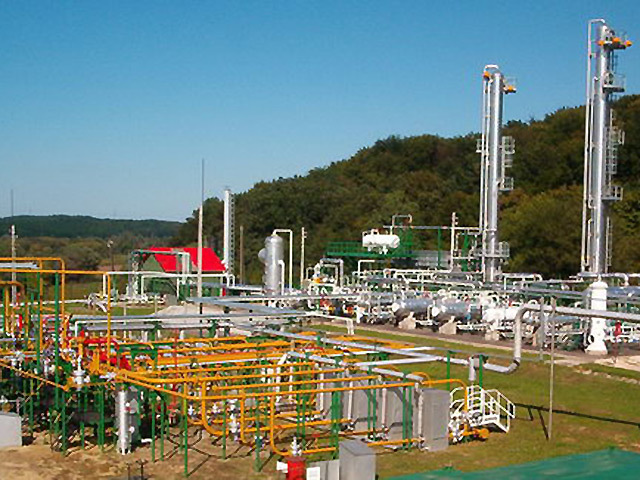
Hungarian energy group Mol said it will scale back investment and target lower earnings after plunging oil prices caused a revaluation of its assets and led to a fourth-quarter loss.
The company’s downstream operation continues to perform strongly, producing record earnings in the last quarter of 2015. It aims to use this sector to offset the impact of falling oil prices.
The company reported a net loss of $1.6billion in the last three months of 2015.
Earnings before interest, taxes, depreciation and amortization on a clean-current cost of supplies basis rose 13% to $2.5 billion in the whole of last year.
Mol is targeting more than $2 billion this year for this measure, the most closely watched for the group, based on oil prices above $35, it said.
The company aims to reduce operating costs in its exploration and production division by as much as $100 million this year and plans to cut back investments by about 20%.
Chairman-chief executive Zsolt Hernádi, said Mol was facing one of the toughest operating environments of the past two decades, as oil prices plunged more than 70% from its peak in summer 2014.
He added: “Despite the challenges, we managed to increase our clean results by 13% compared to 2014, beating our targets, generating substantial free cash flows and closing the year with a very strong balance sheet. These achievements have placed MOL ahead of most of the integrated oil companies.
“The dramatically changed environment forced us to take some painful yet necessary decisions, including the revision of the fair value of our Upstream assets, which resulted in material non-cash impairment charges, similarly to many oil and gas companies.”
Mol said it had increased production from non-operated UK assets after first oil came from Cladhan in December and first infill well was delivered on Scott.
The Scolty/Crathes remains on schedule and on budget with the drilling of the development wells scheduled to begin in early 2016 with first oil anticipated by the first half of 2017.
Hernadi said the ultimate goal for 2016 is to generate around $2billion EBITDA and sufficient cash flows to be able to continue to cover both internal investment needs and dividends to shareholders.
Out of impairment charges of about $1.7 billion, around $1 billion came from the impact of lower oil prices on the book value of assets, with the rest stemming from exploration projects.
The company’s production was 104,000 barrels in 2015.
Recommended for you
